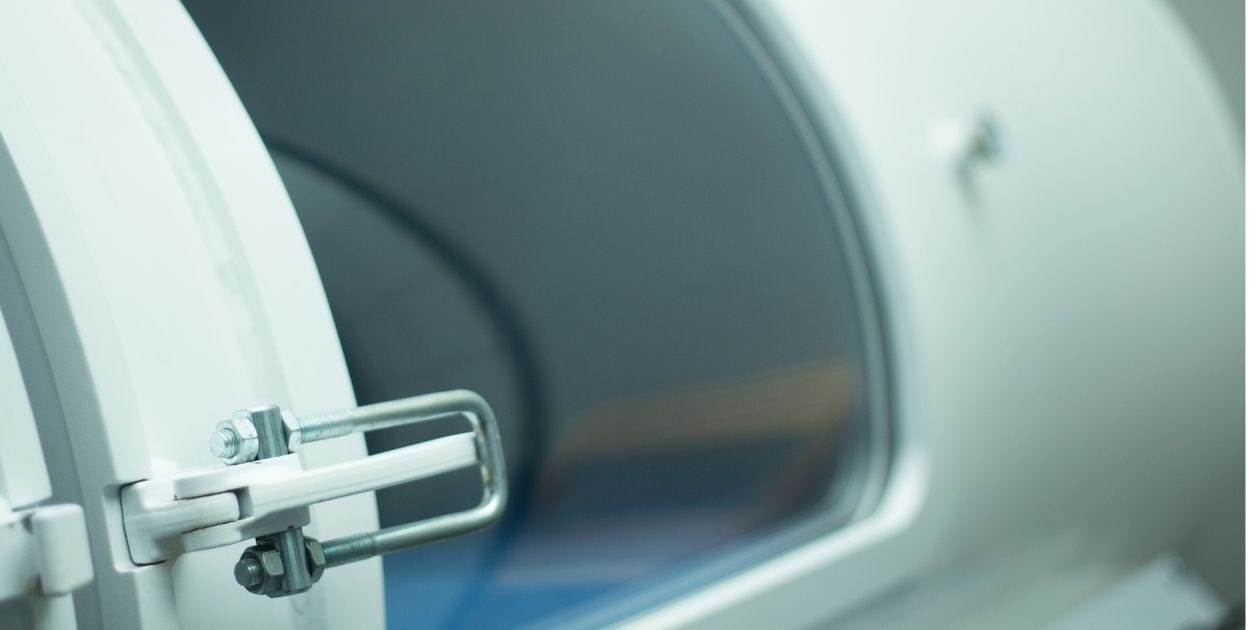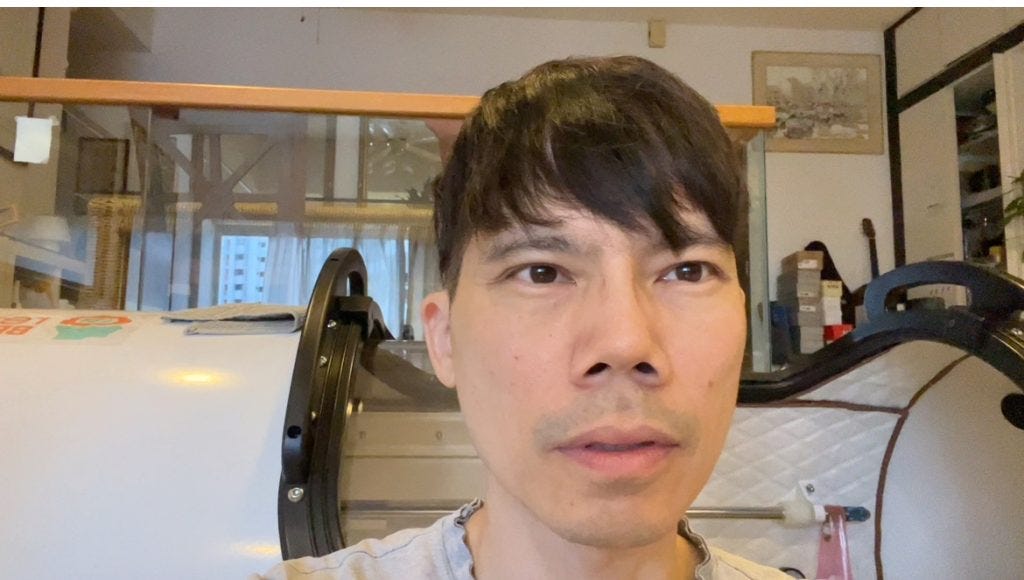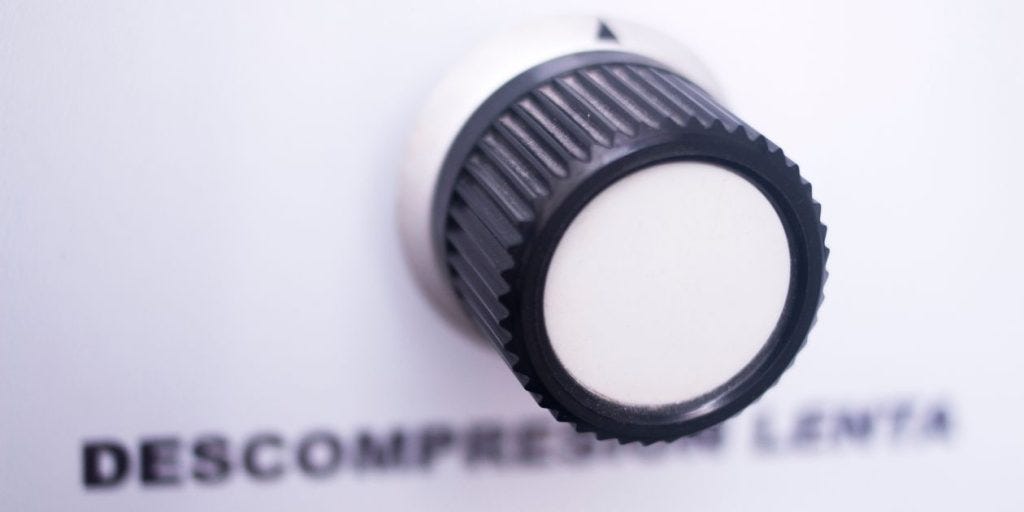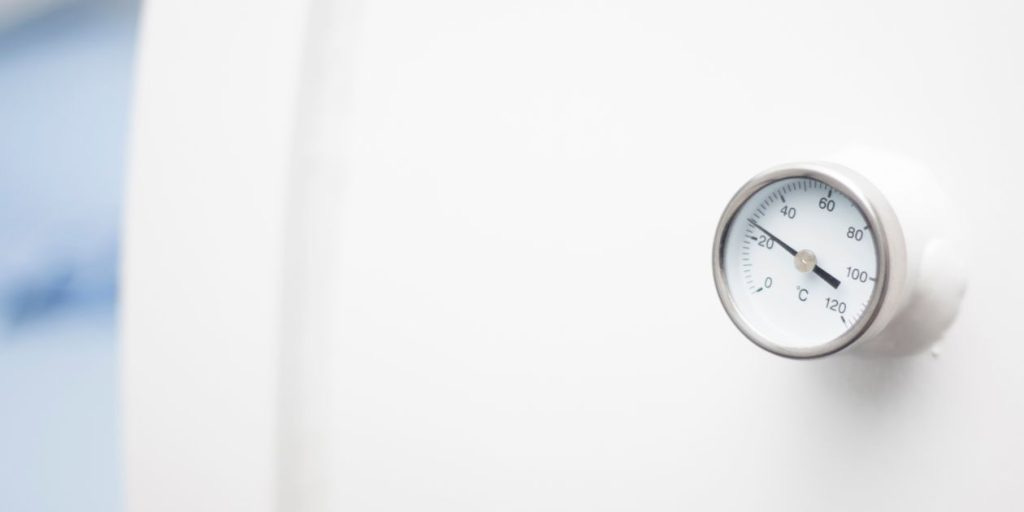Is It OK to Do Hyperbaric Oxygen Therapy Every Day?
Here’s what you need to know about doing HBOT every day and whether it’s a good idea for your health.
Before starting on my Hyperbaric Oxygen Journey, I did a lot of research to figure out how much HBOT I should be doing. I decided to go all-in with an intense 20-hour regimen because what I found in my research suggested that doing HBOT just twice a week might not bring the life-changing results I’m looking for.
So, I committed to daily sessions. But then I wondered: How long should each session be? My current protocol is to do 1 hour every day. But what if I pushed it? What if I did 2 hours or even 4 hours a day? Would that lead to even better results?
Who Am I?
I am Dr. Mark Chern, the author of this article. In the past year, I have been researching potential interventions for improving brain function as it relates to dementia and Alzheimer’s disease.
One of the interventions I have been exploring is hyperbaric oxygen therapy, which I have been using on myself and documenting in my website, reversebrainage.com.
I use a hard case hyperbaric oxygen chamber at a pressure of 2.0 ATA. This is akin to placing myself 10 meters (or 33 feet) underwater — and then breathing in pure oxygen.
Read on as we prod deeper into the important question: Is it ok to do hyperbaric oxygen therapy (HBOT) everyday?
Recommended Protocols
When it comes to determining the optimal amount of HBOT to maximize its benefits, I’ve realized that there are two key factors to consider: effectiveness and safety.
Most clinical HBOT protocols recommend treatments from Monday to Friday. However, this seems to be more about fitting into clinic schedules rather than optimizing for the best possible outcomes. I’ve also come across a protocol that suggests doing about 80 hours of treatment before taking a break of 2 to 4 weeks to allow the body to reset.
HBOT involves both a loading phase, where oxygen accumulates in the body, and an unloading phase, where oxygen is released after exiting the chamber. I’ve learned that if you do HBOT every day without taking breaks, it might actually reduce its effectiveness. That’s why it’s crucial to take periodic breaks for optimal results.
Session Duration
Another question I’ve been exploring is the ideal length of each session. Instead of doing one long 4-hour session, I’ve found that it might be more effective to break it up into 2 sets of 60 minutes.
After about two to three hours, the benefits of HBOT can plateau, so it may be more productive to take breaks between sessions rather than pushing through a longer stretch.
Also read: Can Hyperbaric Oxygen Therapy Cure Traumatic Brain Injury (TBI)?
Any Benefits After 5 Days In Hyperbaric Chamber?
Sleeping in the Chamber?
At one point, I considered whether sleeping in the chamber could be a way to maximize the benefits. I soon did away with the idea, because even 2 hours a day in the chamber was enough for me!
Dr. Shai Efrati’s research caught my attention, particularly his findings on alternating between high and normal oxygen levels (hyperoxia and hypoxia).
According to his approach, the therapeutic effects of HBOT also come from creating a wave-like pattern of oxygen levels. This means that coming out of the chamber is part of the therapy, and could be more beneficial than maintaining a consistently high level of oxygenations for a longer duration!
Taking Breaks
The idea of short 60 min sessions with time out of the chamber appeals to me — this is about taking breaks between sessions.
But there is also another form of taking breaks, which is taking breaks after a series of treatments. For example, I took a 1 week break after doing 20 hours of intense almost-daily sessions.
These breaks allow the body to catch up with the physiological changes, often leading to continued improvement even after the treatment has ended.
For chronic conditions, ongoing maintenance treatments may be necessary — still, it is crucial to include strategic breaks. The frequency of sessions can vary; some people may need intensive treatments followed by breaks to maintain balance and reduce inflammation.
Also read: Can Hyperbaric Oxygen Therapy Cure PTSD?
When to Stop Treatment?
In general, HBOT is an investment in time and money. For most patients, the key question is to determine what the goal is, which then helps them decide how many total hours they want to spend on HBOT.
Some patients may choose to stop HBOT once they’ve achieved their desired results, especially when dealing with acute injuries. However, for chronic conditions, ongoing maintenance might be necessary to sustain the benefits.
Wrapping Up - I Am About To Clock 20 Full Hours In Chamber!
I have been pushing oxygen into my body for about 20 hours already. The chamber is now a very familiar place. In the video below, I bring your along with me on one of my sessions — watch to join me in the chamber and see how I finish up my session to exit from the chamber!
So, here’s where I’m at after my first 20-hours of intense sessions followed by a week-long break. I hope what I shared above is helpful information.
I’m learning more every day and I’m excited to see how my body continues to respond. I’ll keep you updated as I move forward on this hyperbaric oxygen therapy journey!
FAQs
How long can you spend in a hyperbaric chamber?
Typically, hyperbaric oxygen therapy (HBOT) sessions last between 60 to 90 minutes, although they can range from one to two hours depending on the specific treatment protocol and individual needs. Medical professionals determine the session length based on factors such as the condition being treated and the patient’s overall health. Many protocols recommend daily sessions over an extended period for optimal results, especially for chronic conditions, which may require several weeks of treatment.
When is the best time to do HBOT?
The best time to undergo hyperbaric oxygen therapy can vary based on individual health needs and the specific condition being treated. Generally, it is recommended to start HBOT as soon as possible after an injury or the onset of a medical condition that requires treatment. Regular sessions, often scheduled multiple times per week, can enhance the benefits of HBOT, allowing the body to absorb oxygen effectively and promote healing.
Are the benefits of HBOT permanent?
The benefits of hyperbaric oxygen therapy can last for several weeks or months, and in some cases, they may be permanent. The duration of the effects depends on various factors, including the specific condition being treated, the number of sessions completed, and individual patient responses to the therapy.
Why am I tired after hyperbaric treatment?
Feeling tired after hyperbaric oxygen therapy is a common experience for many individuals. This fatigue can be attributed to the body's increased metabolic activity during the treatment, as it absorbs higher levels of oxygen and works to heal tissues. Additionally, the relaxation and stress relief experienced during the session may also contribute to post-treatment fatigue. It's generally considered normal, but if fatigue persists or is accompanied by other concerning symptoms, it's advisable to consult with a healthcare provider for further evaluation.








